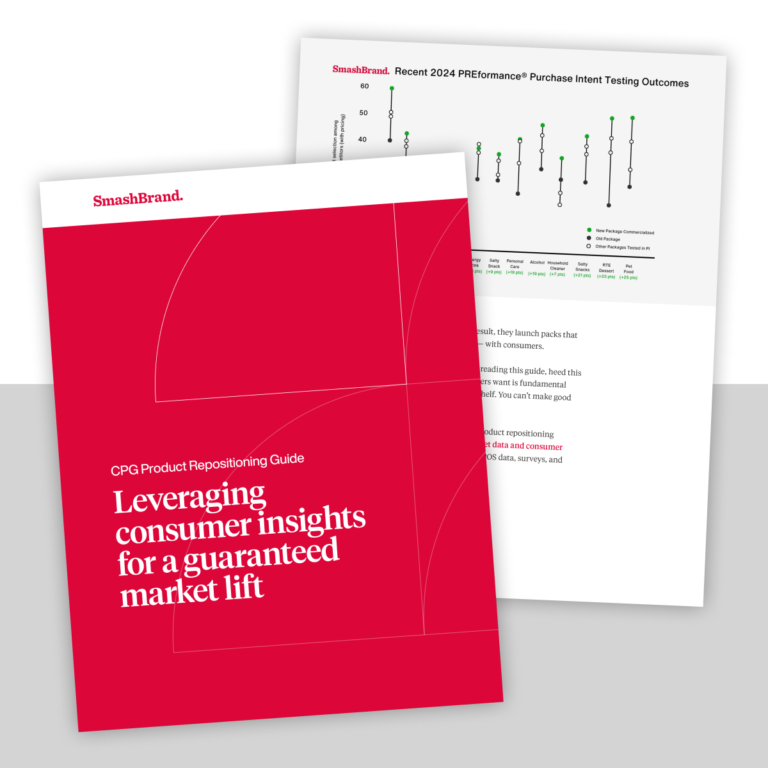They say there’s no such thing as a free lunch – and when all aspects of spec work are considered, we’re inclined to agree.
Speculative work – or work done for free before terms are agreed upon– is still prevalent in many design, advertising, and communication industries. Spec work is a controversial hydra of a concept, appearing with multiple heads that pop up over and over:
– Unpaid work done to prove an agency’s quality to a prospective client
– Competitions wherein one prize is awarded among multiple (read: hundreds) of applicants
– Volunteer or pro bono work done for public benefit
– Internships or other educational roles
Now, when we say spec projects, we’re mainly referring to the first point: Unpaid work done in hopes of winning a client over. This is one of its most problematic forms, and has regrettably been recognized as an acceptable business practice when working with visual communication. Got to give those wacky creative types a once over before making an investment, right?
But are spec projects actually beneficial to the clients receiving them? We argue no — which is exactly why we don’t do spec work.
Spec Is a Flawed Concept
On paper it sounds great for clients, but it’s an antiquated idea that doesn’t hold up to logical scrutiny. (Incidentally, the official position of the American Institute of Graphic Arts – the premier association for professional designers – is strongly against spec work for many reasons.)
Imagine contacting a plumber and saying “Look, I see you’re skilled at fixing pipes, but our pipes are different. Come on over, fix one, and if we like it we’ll talk about a contract.” You’d get whacked with a plunger for even suggesting it! Nobody in skilled trades work on spec, so why do we hold our creative professionals to a different standard?
Spec work is sought out because clients think it’s a cost-effective way to receive a variety of creative options, but these benefits aren’t all they’re cracked up to be—if, indeed, they exist at all.
Where’s the Collaboration?
As any business owner familiar with outsourcing will attest, collaboration is necessary for quality outcomes. The creative process takes time, with plenty of back-and-forth between client and many hours of pre-design research and fine tuning to produce something of that is “on-brand”. Speculative work, by its nature, is a one-way, one-time process. Agency’s are forced to sweat out their creative talents for free, often with nothing more than a minimal design brief to guide them along the way.
These ingredients bubble together into the unspectacular smokescreen of spec work, producing a product that’s usually substandard and a poor reflection of the agency’s true talents. Groundbreaking does not happen with spec work and clients usually end up hiring the best of the worst that actually engage the spec work RFP’s.
Where’s the Trust?
One of the more sinister aspects of spec work is the lack of trust inherent to its use.
Trust is essential to all working relationships, particularly when creative design is the goal. Spec requests tell designers off the bat that their on-site qualifications, portfolios, and customer testimonials aren’t enough and that they have to further prove themselves by generating unpaid examples of client-specific work.
You Have to Give to Get
At the end of the day it hurts both parties involved. The old saying “you get out what you put in” applies to the creative process both from a designer and from a client perspective: Asking for free work generates a project worthy of the cost. However, when clients and designers research each other, communicate, and respect each other’s abilities, businesses can build strategic partnerships with plenty of value to share.
Subscribe to
Nice Package.
A monthly newsletter that unpacks a critical topic in the FMCG & CPG industry.
Free Resource.

CPG product repositioning guide.
Explore the five undeniable signs your CPG product needs repositioning along with strategies for leveraging consumer insights for a guaranteed market lift.
Learn More About CPG product repositioning guide.